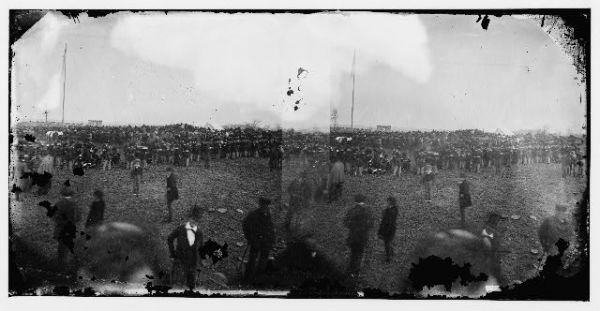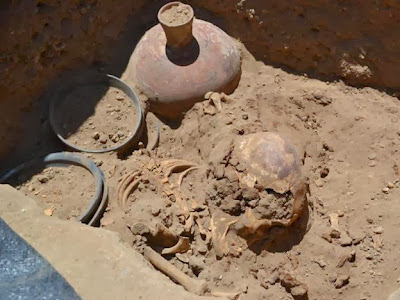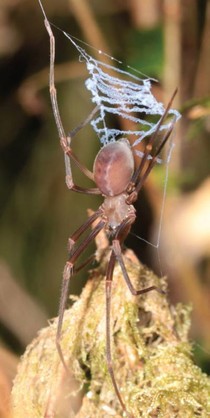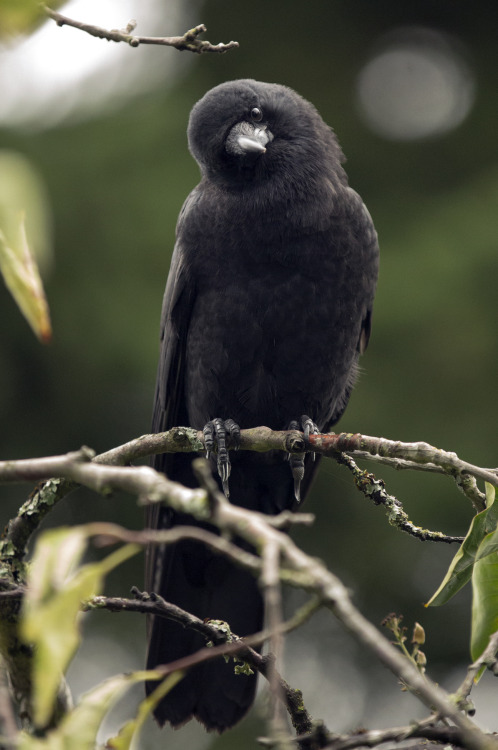When Dr. David Weinstein heard that a boy named Dylan
Siegel was trying to raise money toward the rare liver disease he
studies, he mostly just thought the boy was cute. Dylan was only
6-years-old, after all.
But Dylan's best friend had the rare disease, and he was determined to do something about it.
A year later, Dylan, who is now 7, has raised $400,000 by writing a book called
"Chocolate Bar."
"Boy, have I been shocked," said Weinstein, who studies and treats
patients with glycogen storage disease at the University of Florida.
"He's raised more money for this disease than all the medical
foundations and all the grants combined. Ever."
As a result, the
Global Genes Project,
a rare diseases advocacy group, honored Dylan and his best friend,
Jonah Pournazarian, with the RARE Champion Award -- which typically goes
to grown-ups, Dylan's father, David Siegel, told ABCNews.com.
"Kids can change the world just like any of us," Siegel said.
Jonah has a rare form of glycogen storage disease, a hereditary
disorder that means his liver can store sugar but can't release it,
causing him to have dangerously low blood sugar levels that can result
in seizures or even death.
Jonah has an especially rare form of the disease -- type 1b -- which
means he also has a compromised immune system, Weinstein said. Catching a
stomach bug from a classmate could land him in the hospital or even
kill him.
"This is a disease that affects one in a million people," Weinstein
said. "In the United States ... it's probably close to 50 people with
type 1b."
So when Dylan found out about his friend's disorder, he went to his
parents and told them he wanted to raise money for Jonah, Dylan's father
told ABCNews.com.
They thought it was sweet and offered to help him with a bake sale or a lemonade stand.
"He's like 'Don't patronize me. I want to do something big,'" Siegel said with a laugh.
So 24 hours later, Dylan brought them the pages to a book called
"Chocolate Bar." He explained that, to him, "chocolate bar" means
"awesome." "Disneyland is so chocolate bar," the book starts out. The
last page says, "I like to help my friends. That is the biggest
chocolate bar."
So the Siegels had 200 copies printed and sold them at a school event. Within a matter of hours, they sold out and made $6,000.
Since then, they've printed more books and even delved into T-shirts,
tote bags and cellphone cases. Dylan's goal is to raise $1 million, and
he's sure he can do it.
Weinstein said the money is already helping his lab by allowing him
to hire additional staff and paying for studies. He's currently studying
a gene therapy treatment that has shown promise in curing dogs with
glycogen storage disease, and trying to find solutions to other problems
that develop as a result of the disease and its treatment.
Even though people come from 38 countries to visit Weinstein's lab,
it came within one day of closing for lack of funds. Thanks to Dylan and
Jonah, Weinstein said he could stop worrying about funding and work on
finding a cure.
"It's making a huge difference," Weinstein said.
Siegel couldn't be more proud.
"When you're 6, you've got grand visions ... all these things just
seem attainable," he said. "It's been a blast. ... It validates a
6-year-old's vision of what he thought change could be."



















 (Image: David Bachrach/
(Image: David Bachrach/ (Image: Alexander Gardner/
(Image: Alexander Gardner/







